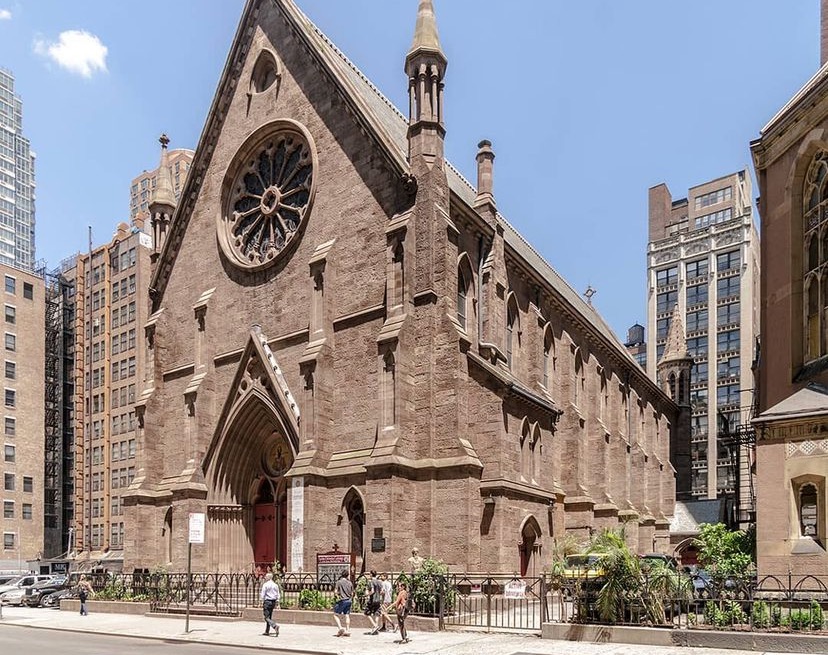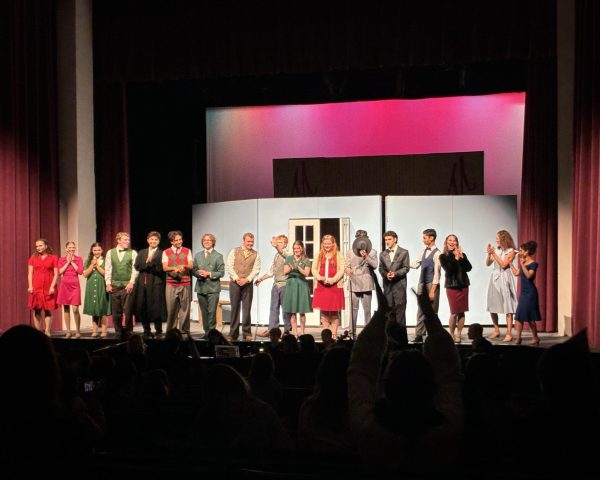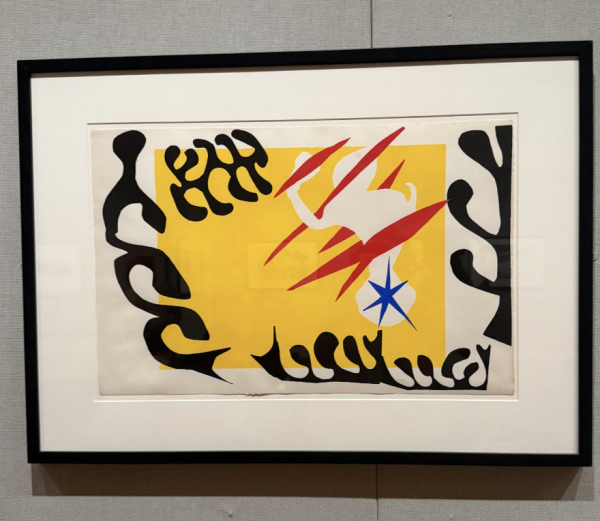How the Serbs of NYC Rebuilt Their Home and History
Seven years ago on May 1, 2016, Manhattan was faced with what would become one of the most gruesome, tragic fires in the city’s history when the historic Saint Sava Cathedral became engulfed in flames in a “…four-alarm fire that took 168 department personnel to tame.” Upon occurrence, the Serbian community, as well as various residents of New York City, would become traumatized by the damage that the fire had caused. What was once an important historical site and beacon of Serbian-American history was turned to ashes and ruin. Originally, it had been ruled that the damages were too great to restore. Over time, however, it was decided that construction would begin to take place on the site.
The cathedral is located on West 25th Street in Manhattan and contains a rich history. Originally, the site was “designed in 1850 by celebrated architect Richard M. Upjohn in the Gothic Revival style” and was consecrated in 1855. In 1865, an extraordinary historical event took place on the site when for the very first time in history, an Orthodox liturgy was held in an Episcopal church in America. The New York Times described the event as “an unusual historic happening.” What’s more, the famous American writer, Edith Wharton, writer of various books relating to the upper-class New York “aristocracy” and first female Nobel-Prize winner, married socialite Edward Wharton in 1885 in Trinity Chapel. Later in her life, she would go on to make the church famous through her well-known novel, “The Age of Innocence.”
In 1915, parishioners began to relocate farther north and the cathedral essentially suffered a loss of attendance. In 1942, the Trinity Cooperation opted to sell their Trinity Chapel to the Serbs. Originally, the Serbs planned to purchase a fire-damaged building on 22nd Street, where they planned to build their church, separate from the Trinity Chapel. While the church was being built, Father Vojislav Gacinovic held the first Serbian liturgy in the offices of the “Serb Benevolent Society” in Hartley House on 46th Street. Eventually, another Serbian religious official, Reverend Father Dusan Shukletovic, would arrive in the United States at a time when the Serbian community was building their social and religious life in New York City. This is when “Episcopal Bishop William Manning of the Cathedral of St. John the Divine on 116th Street, offered the Serbian people space in the Cathedral, rather than having to repair the fire-damaged building, where services were held until the purchase of Trinity Chapel.”
At first, the premises were also offered to the Russian and Greek Orthodox communities. However, it was ultimately decided that it would be sold to the Serbs for multiple reasons. First off, the Serbian people had no church on the east coast of the United States. Secondly, the project was backed by the support of King Peter II, who ruled over the original Kingdom of Yugoslavia. Lastly, St. Bishop Nikolai had a long-standing relationship with the Anglican Church of England, who had particularly close connections with Bishop Manning and Canon Edward West. Ultimately, the cathedral was purchased with furnishings for $30,000.
One of the most notable features of the Saint Sava Cathedral was its stunning mosaic iconography. The cathedral is adorned with over 40,000 square feet of mosaics, which depict scenes from the Bible and the lives of various saints. These mosaics were created by the renowned Serbian artist Branko Radicevic, and they are a testament to the beauty and grandeur of the Orthodox Church. The interior of the cathedral is equally impressive, with its high vaulted ceilings and ornate decorations. The altar was adorned with intricate carvings and gilded decorations, and the walls were lined with beautiful icons and frescoes. The cathedral also features an impressive pipe organ, which was installed in 1955.
On June 11, 1944, the Cathedral was formally consecrated and featured various important figures such as Bishop Manning, Canon West, Father Frederick Fleming, the last Episcopal priest to serve in Trinity Chapel, and Constantin Fotic, a Yugoslav Ambassador in exile. Since then, the Saint Sava Cathedral has played an important role in the Serbian-American community. As a whole, the church is not only a place of worship, but also a cultural center that hosts a wide range of events and activities throughout the year, including lectures and exhibitions. The site attracted Serbs from all over the world and even hosted refugees and immigrants from Yugoslavia while working to preserve Serbian culture, tradition and language.
As a result of the 2016 fire, the Serbian community hosted mass at various locations such as the Saint Eleftherios Church in Manhattan until Feb. 5, 2023, when the Serbian community gathered for mass at Saint Sava for the first time in almost a decade, marking the reopening of the cathedral. The mass was hosted by Živojin Jakovljević, Ph.D., and Reverend Milan Dragovic, with a special visit from the Patriarch Irinej of Serbia.
Regardless of the struggles, the Serbian people have shown their strength and resilience through the most difficult of times. I myself, am also proud to be a member of the Saint Sava community and as a member of the Serbian diaspora. Unfortunately, the construction is still not finished, as the site is still covered in scaffolding. Moreover, the interior still is not furnished and mostly consists of cement. In the future, however, the cathedral plans to continue its construction to restore the site to its former beauty. The Saint Sava community also plans on continuing to host cultural and educational events and will serve as a historic bastion of the Serbian community for generations to come.













































































































































































































